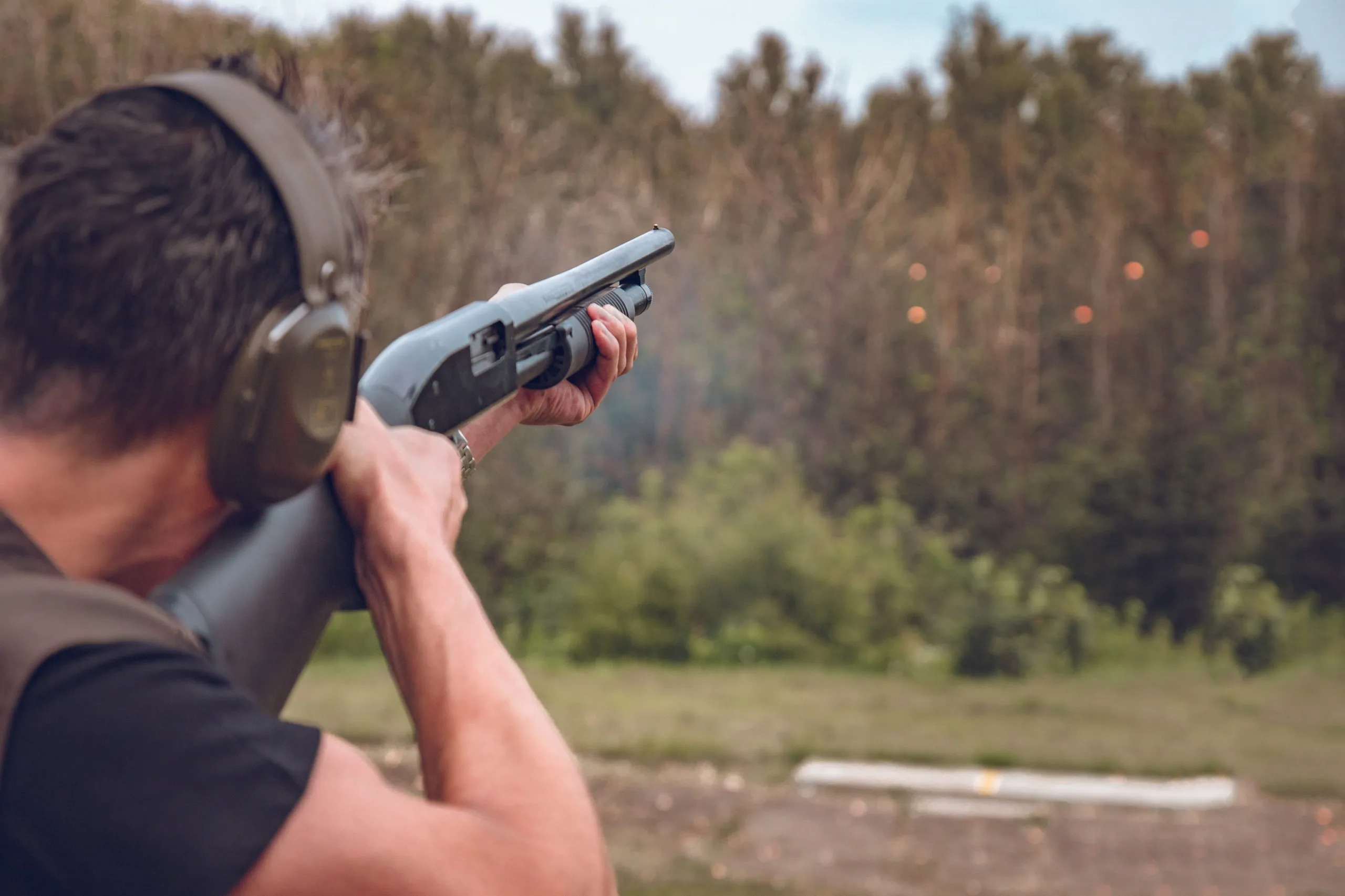
The Rising Popularity of Trap and Skeet Shooting

The Rising Popularity of Trap and Skeet Shooting
With many major sporting events being postponed or canceled due to the pandemic, many are itching to watch or play sports again. As the country slowly but surely reopens, many shooting ranges are now opening their doors for a limited amount of people to come participate in their activities! Trap and skeet are sports that require their competitors to stand more than six feet apart from each other, so they work well with social distancing guidelines.
Shooting at clay targets and watching them shatter on impact has long been a popular pastime. Skeet and trap are two major disciplines in shooting, and they have been surging in popularity both as a hobby and a competitive sport. Clubs and resorts have been adding shooting to their list of available activities, along with things like golf, tennis, and swimming, because it’s a cost-effective activity to add to the roster.
Surprisingly, trap and skeet shooting are also increasingly popular in high schools, providing an opportunity for competitors of all athletic backgrounds to come together in a single sport. This sport doesn’t favor the biggest and strongest, but the person with the highest level of concentration and accuracy.
The Difference Between Trap and Skeet
Trap shooting involves five stations set up around a single “trap house.” The trap house holds the machine that throws up the clay disk targets. The player shoots from each of the five stations, thus there are five different angles at which he or she must hit the target.
Skeet shooting is a similar setup with five shooting stations, except that instead of one trap house dispensing targets, there are two trap houses. The “high house” is 10 feet off the ground and the “low house” is 3.5 feet off the ground. The high and low house shoot the targets so that they intersect, and the player must attempt to hit both targets.
History of Trap and Skeet Shooting
Trap shooting originated in the 18th century, with the targets being live birds that were released from hats! By the 1860s, glass targets mostly replaced live birds. Some of the most legendary shooters of the time period shot at the glass targets – such as Annie Oakley.
In 1880, the clay disks (which are currently used) replaced the glass, and in 1909, they were released from the first automatic trap machine. Around 1920, the earliest versions of skeet shooting were introduced by Charles Davis and William Harnden Foster.
Notable trap and skeet shooters are memorialized in their respective halls of fame. The Trap Shooting Hall of Fame is located in the World Shooting and Recreational Complex in Sparta, Illinois. The National Skeet Shooting Association Hall of Fame is located in San Antonio, Texas.
Trap and Skeet Shooting World Championships
Most notable among the competitions for trap and skeet shooting are the world championship events for each sport. The Grand American World Trapshooting Championships, hosted each year in Sparta, Illinois, is the largest event of its kind. This event is scheduled for August 5 – August 15, but due to COVID-19 concerns, the 2020 event is being relocated to Linn Creek, Missouri. The 2020 World Skeet Shooting Championship is planned for September 25 – October 2, 2020 at the National Shooting Complex in San Antonio, Texas.
Equipment for Trap and Skeet
If you’re thinking of taking up this new hobby, the most obvious piece of equipment you would need is a shotgun. While any shotgun will do, the most common choice is a 12-gauge or 20-gauge shotgun. 28-gauge and .410 bore shotguns are also commonly used. A good gun for trap and skeet is an investment that will run you anywhere from $500 to $5,000, or much more.
Additionally, you’ll need protective gear, including earmuffs or earplugs to protect your eardrums from the repeated sound of the shotgun. You’ll also need eye protection, a shell pouch or vest, gloves, choke tubes and a choke tube wrench, a shell catcher, and a bag to hold your gear.
If you’re looking to have your own shooting setup, the final piece of equipment you’ll want to invest in is a clay target machine (or two). These can range in price, with heftier ones costing over $2,000.
If you decide to invest money into this sport, you’ll want to protect your investment – and that’s where Collectibles Insurance Services can help! We offer coverage to protect your guns, ammo, safes, and other accessories, giving you peace of mind knowing that you’re covered.
Sources:
https://www.range365.com/eight-things-you-need-for-clays-shooting/
https://www.hinterlandoutfitters.com/hinterlandblog/skeet-vs-trap-vs-sporting-clays-whats-difference/
https://time.com/longform/high-school-shooting-teams/
https://www.nrablog.com/articles/2016/12/infographic-trap-skeet-sporting-clays/
http://mynssa.nssa-nsca.org/wp-content/uploads/sites/10/2010/08/GCMSect-C-2002.pdf
https://www.pittsburghmagazine.com/the-growing-popularity-of-shooting-a-clay-pigeon/
https://clubandresortbusiness.com/clubs-take-their-best-shot-with-shooting-sports/
https://en.wikipedia.org/wiki/Trap_shooting
https://www.outdoorlife.com/articles/guns/shotguns/2007/09/three-rules-shotguns-investments/
https://www.theguardian.com/us-news/2016/sep/20/gun-ownership-america-firearms-super-owners
https://www.thetelegraph.com/news/article/Area-shooting-facilities-reopening-15301319.php
https://www.riverbender.com/articles/details/winchester-shooting-facilities-in-east-alton-ill-reopen-on-
wednesday-may-27-42174.cfm
https://www.southernminn.com/le_sueur_county_news/business/article_a379daeb-7e5e-5cd5-b388-004916796b82.html
http://mynssa.nssa-nsca.org/
https://www.traphof.org/
http://www.howelltraps.com/atlas-at-50-clay-target-throwing-equipment.html#AT-50%20Tri-Axis[/vc_column_text][/vc_column][/vc_row]
About Collectibles Insurance Services
Collectibles Insurance Services has been protecting collections since 1966 and all coverage is provided by a carrier with a group rating of “A” (Excellent) by AM Best, the leading rating agency for the insurance industry.
Comprehensive coverage includes, but is not limited to: accidental breakage, burglary, fire, flood, loss in the mail, theft, natural disasters, and other causes of loss unless specifically excluded from the policy. Deductibles start at $0 for collector policies and we provide coverage for the market value of your collection for losses in excess of $50.
Additionally the protection extends At home and away, and we don't require collection itemization and serial number nor extensive paperwork and red tape.
